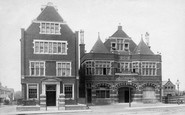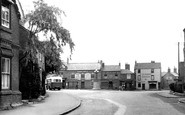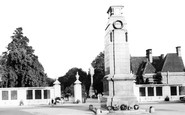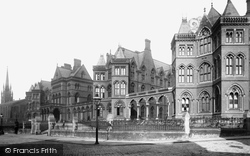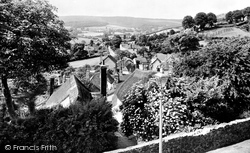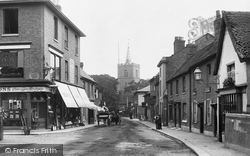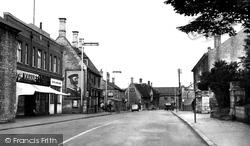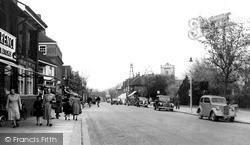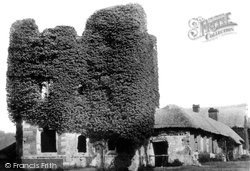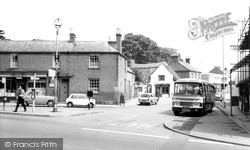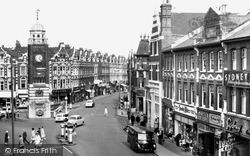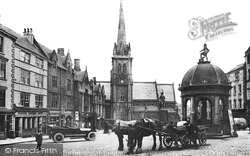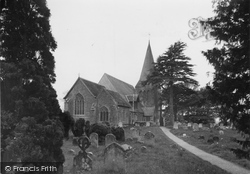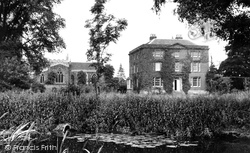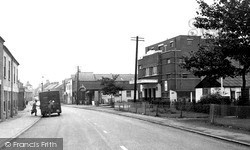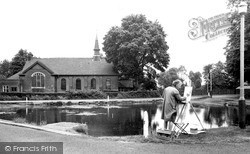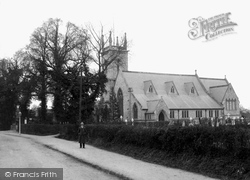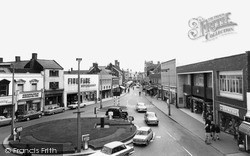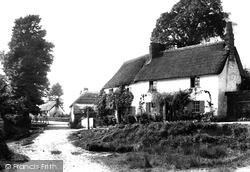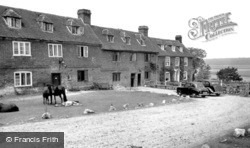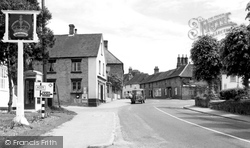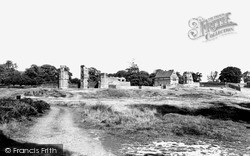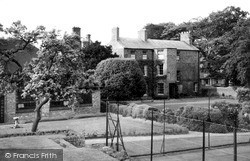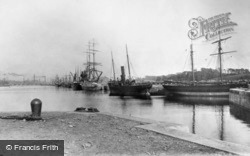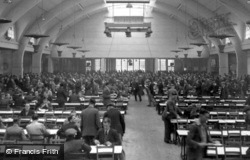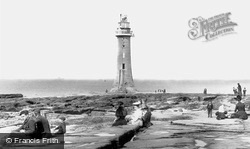Places
Sorry, no places were found that related to your search.
Photos
Sorry, no photos were found that related to your search.
Maps
Sorry, no maps were found that related to your search.
Books
Sorry, no books were found that related to your search.
Memories
741 memories found. Showing results 191 to 200.
The Nursery
I was born in 4 The Nursery in 1944. My gran Elizabeth Bayles, my mother Emma Bayles. I went to Millbank School at age 4yrs. I can remember my first teacher there Miss Watkins. My Mother worked at Lockeys buses as a bus conductor. ...Read more
A memory of West Auckland in 1953 by
Drayton St Leonards 1936
1936 - my father Ernest Eldridge and mother Violet and myself Barbara moved from Dorchester on Thames to Drayton St Leonards. My mother's friend May Rusher (wife of Frank Rusher) arranged for the cottage next door ...Read more
A memory of Drayton St Leonard in 1930 by
My Memoirs 1964 1966 Part One
Wayne Carter My father is Frederick Carter born in London, and mother was Loraine Carter nee Chadwick was born Cyfarthfa Street Roath; mum sadly passed away in 1998. I have a younger sister Jane Carter nee ...Read more
A memory of St Mellons in 1964 by
Hop Picking During The War
I hated hop picking. We started in 1938 to help pay for my sister's uniforms when she went to Ashford County School. At first my mother was slightly ashamed but soon entered ino the spirit and competition as to who ...Read more
A memory of Staplehurst by
Kidderminster The Canal
Being born and raised in Kidderminster leaves me with a lot of good memories. I moved to the USA in 1958. My Dad worked on the canal before the war and indeed during the war. As a kid I spent a lot of my time ...Read more
A memory of Chaddesley Corbett in 1946 by
Dancing To Bob Potter's Band At The Atlanta
My name is Shirley Hamilton, maiden name Patten, I lived at Hammond Road, Horsell and as a teenager often danced at the Atlanta in Woking, it was the place to go, my friend Deirdre Jennings and I would sneak ...Read more
A memory of Woking in 1860 by
Buckhurst Hill Primary School
I was at Buckhurst Hill primary school between 1970 to 1975. Mr Carr was the headmaster in the beginning and later Mr Willy took over. The first teacher I had was a MrsPayne, than a Mrs Nelson-Ward, then a Mrs ...Read more
A memory of Buckhurst Hill in 1974 by
Evacuation
I was evacuated to Kibworth three times; in 1939 I came probably from my school, Newington Green in North London. i stayed with Mr. and Mrs. Dinkley. After a few months, a bomb fell in Kibworth, probably on the way to ...Read more
A memory of Kibworth Beauchamp in 1930 by
“Play Up, Play Up, And Play The Game!”
My memory bank has been activated by the contributed items about Hugh Bell Central School, though my recollections of Hugh Bell are older than those published on this website. My years at Hugh Bell were 1938 to ...Read more
A memory of Middlesbrough in 1940 by
The Boys Dining Hall Hutton
Hi, I was in the Hutton Residential School from 1930 to 1939. Mr Higden was the Headmaster. We had a big dining hall where all the boys had their meals - it was more like a scene from the film, Oliver, [food glorious ...Read more
A memory of Shenfield in 1930 by
Captions
493 captions found. Showing results 457 to 480.
This imposing brick building was built in the Gothic style to the design of George Gilbert Scott in 1868. In the distance is St George's church, another Victorian creation.
The architectural style is actually one which is common to areas around the Bristol Channel.
Although Church Street has had much rebuilding in recent years it still retains its character and is one of the best streets in the old town.
The High Street of the old village, now traffic calmed, has shops somewhat marred by security shutters, but in the 1950s all that was in the future.
The High Street, fashioned in the 1930s, drops down to the original village centre, with the graveyard to St Martins church on the immediate right.
Built by Archbishop Warham in the early 16th century, this small manor house, consisting of a three-storey brick tower, a gallery (later turned into cottages), and the single-storey storehouse beyond
The battlemented tower of St Bartholomew's (left) just shows above the row of rather good brick and tile cottages, into which the post office has been thrust.
The battlemented tower of St Bartholomew's (left) just shows above the row of rather good brick and tile cottages, into which the post office has been thrust.
This area was called Crouche in 1400; the name derives from Old English 'cruc' or cross, but does this mean cross-roads or near to the cross?
This wonderful photograph shows a beautiful convertible car, probably belonging to one of the landed gentry; the two delivery men enjoy a break whilst their horses tuck into their nosebags; and the little
All Saints' Church looks out over the marshes by Church Farm, and stands at the west gates to the castle (not now the public entrance, which is from the Wartling Road).
At the end of Church Lane to the west of All Saints' Church the base of a medieval cross survives with its new shaft and head of the 1920s.
Syston, a Domesday village situated about four miles north of Leicester, was industrialised by an influx of framework knitters in the 19th century, which generated standardised red brick buildings
This lovely village extends from Highwood Hill to the north to Mill Hill East underground station in the south.
The foundation stone was laid by the Hon Miss Mary Ann Ursula Addington, daughter of Viscount Sidmouth, on 20 April 1843 after a service conducted by the Vicar of Sonning, the Rev Hugh Nicholas Pearson
The modern architecture sits very uncomfortably with the earlier buildings – an example is the Fine Fare building, which now houses Super Drug.
ONE of the great joys of Exmouth is its beautiful setting, caught magnificently between the sea, the long Exe estuary and the wilder countryside of heath and cliff that so defines east Devon, offering
The single street leads down to the river. An Austin A30 is parked beside an Armstrong Siddeley. Originally these 18th-century red brick cottages were for estate workers.
There are grey and red brick buildings here. The cottages straight ahead were built in the 1860s. On the left is the Crown Inn, where a gruesome event took place in 1944.
Started around 1490 by Thomas Grey. 1st Marquis of Dorset, and built using bricks produced on the site, the house was the county's first true country house.
This was one of the finest grammar schools in Leicestershire.
Situated on the navigable Ribble, Preston Docks opened in 1892.
Normal hours at Vauxhall were 46.5 in the factory and 40.5 in the office. They operated four staggered shifts, with half an hour for lunch and tea and two ten-minute tea breaks.
New Brighton is situated on the extreme tip of the Wirral Peninsula, and is separated from the busy city and port of Liverpool by the River Mersey.
Places (0)
Photos (0)
Memories (741)
Books (0)
Maps (0)



